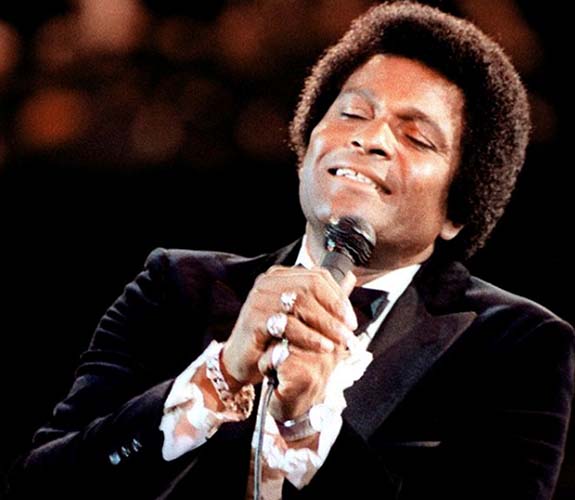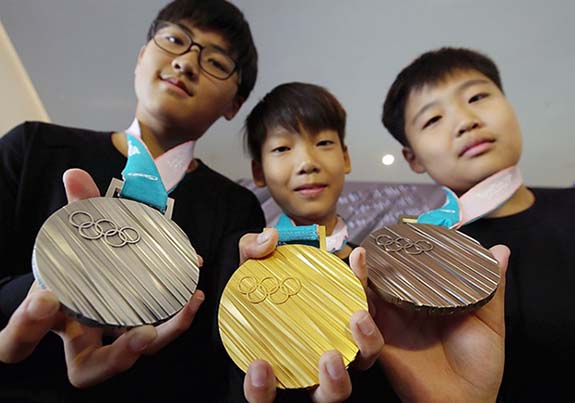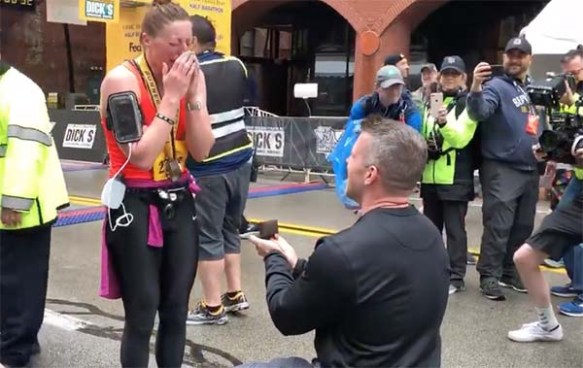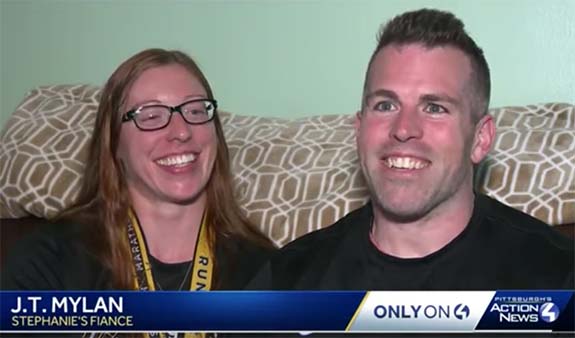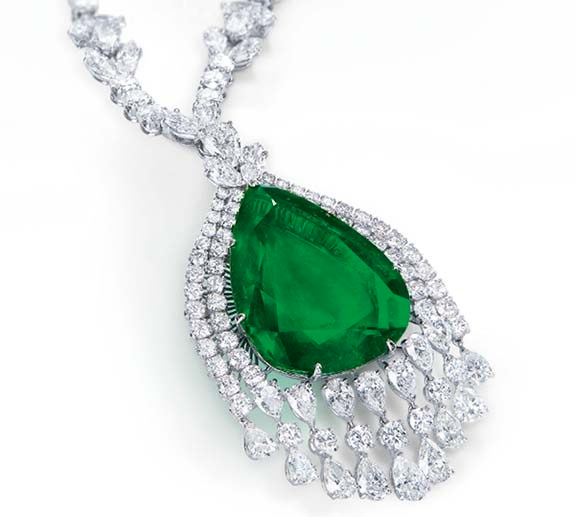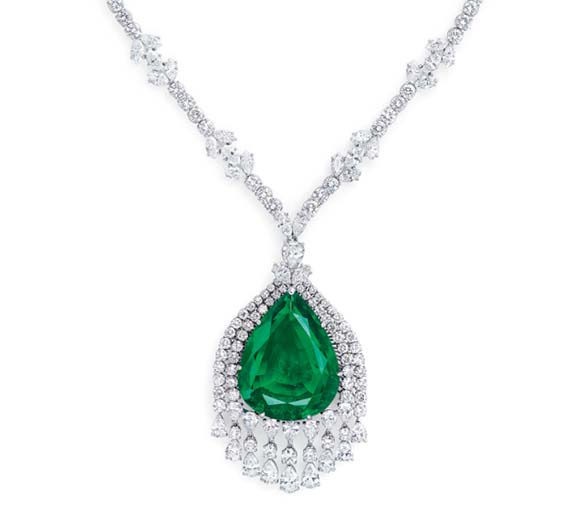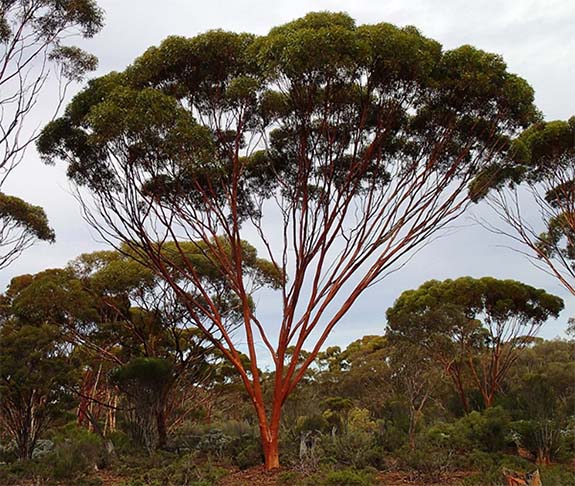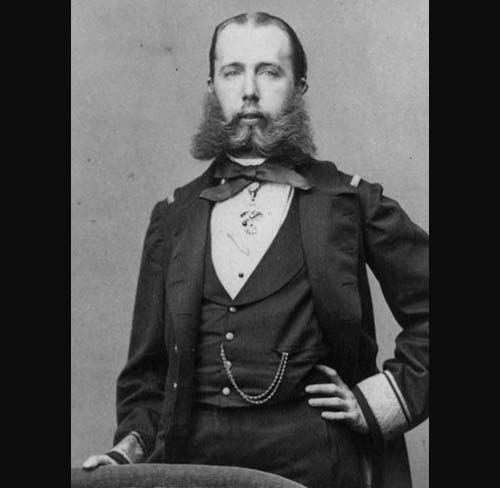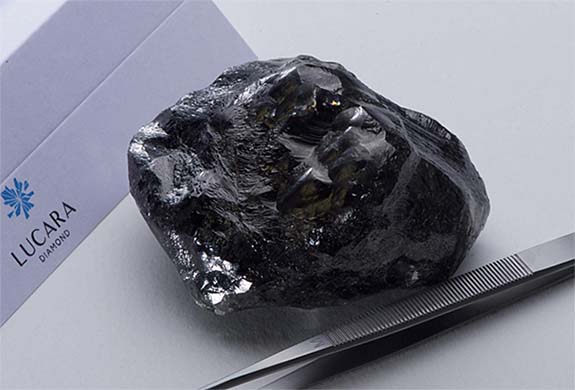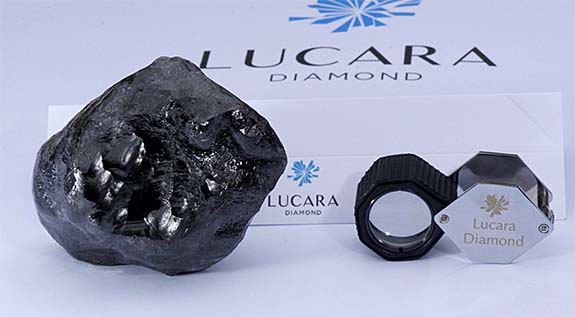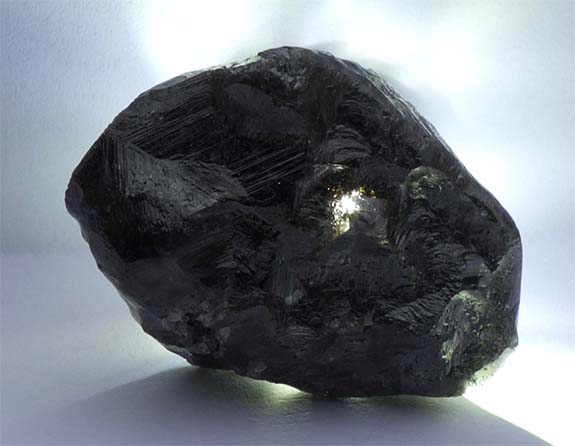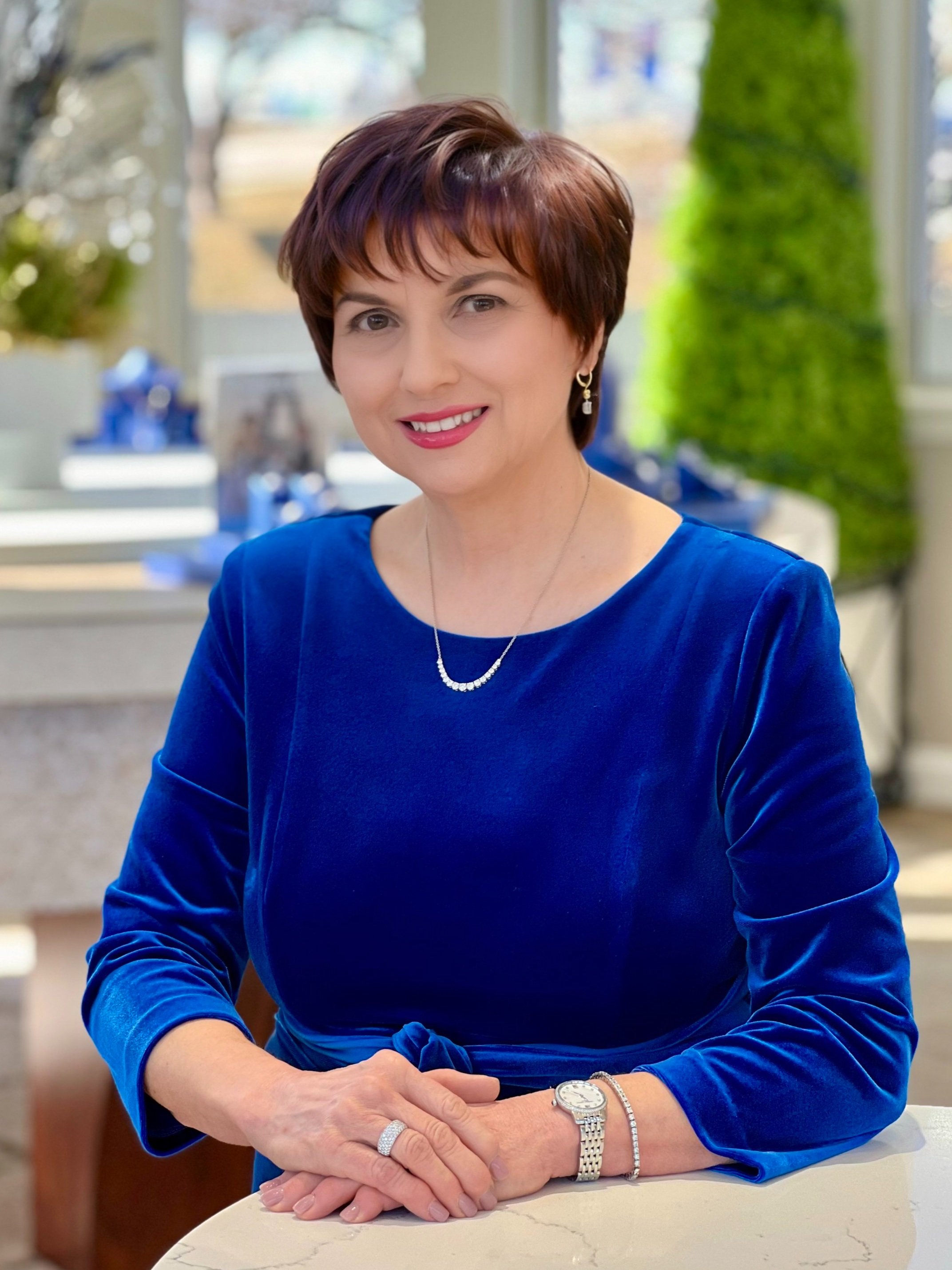Welcome to Music Friday when we bring you throwback songs with jewelry, gemstones or precious metals in the lyrics or title. Today, music legend Charley Pride portrays a troubled and insecure husband in his amusing 1967 country hit, "Does My Ring Hurt Your Finger?"
Pride's character tells his wife that he feels so proud when she wears her engagement ring for all the world to see, but questions why she goes out at night with the ring conspicuously missing from her left hand.
He sings, "I understand sometimes we all need time alone / But why do you always leave your ring at home?"
Pride wonders if there may be an innocent reason. Maybe the ring just doesn't fit right and the problem can be solved with a simple resizing.
He sings, "When I bought it for you darling it seemed to be just right / Should I take it to the jeweler so it won't fit so tight? / Does my ring hurt your finger when you go out at night?"
"Does My Ring Hurt Your Finger?" appeared as the fifth track of Pride's third studio album, The Country Way. Both the single and the album were big hits for Pride, with "Does My Ring Hurt Your Finger?" reaching #4 on the U.S. Billboard Country chart and #3 on the Canadian country chart. The album performed even better, zooming all the way to #1 on the U.S. Billboard Country Albums chart.
Charley Frank Pride was born in 1934 in rural Sledge, Miss., one of 11 children of poor sharecroppers. When Pride was 14, he was gifted his first guitar and taught himself to play. While he enjoyed music, his first love was baseball. He dreamed of being a professional baseball player.
As an 18-year-old, that dream started to come true, as he pitched for the Memphis Red Sox of the Negro American League. A year later, he signed with the Boise Yankees, the Class C farm team of the New York Yankees. In 1960, he pitched for the East Helena Smelterites, an unusual gig that saw him splitting time between playing baseball and working for a lead smelter.
The team's manager also recognized Pride's singing talents and offered him an opportunity to sing for 15 minutes before each game. Before long, Pride was singing in Montana clubs with a group called the Night Hawks.
His big break came when Pride's demo tape got into the hands of RCA Victor exec Chat Atkins, who offered the singer a record deal. By the mid-1970s, Pride was the best-selling RCA Records performer since Elvis Presley. Pride is credited with 40 #1 singles and was honored with a Grammy Lifetime Achievement Award in 2017.
He is still touring at the age of 85.
Please check out the video of Pride's live performance of "Does My Ring Hurt Your Finger?" The lyrics are below if you'd like to sing along...
"Does My Ring Hurt Your Finger?"
Written by Don Robertson, John Crutchfield and Doris Ann Clement. Performed by Charley Pride.
Does my ring hurt your finger when you go out at night?
When I bought it for you darling it seemed to be just right
Should I take it to the jeweler so it won't fit so tight?
Does my ring hurt your finger when you go out at night?
Did you enjoy yourself last night dear how was the show?
You know that I don't mind it when you go
I understand sometimes we all need time alone
But why do you always leave your ring at home?
Does my ring hurt your finger when you're away from me?
I'm so proud when you wear it for all the world to see
Should I take it to the jeweler so it won't fit so tight?
Does my ring hurt your finger when you go out at night?
Does my ring hurt your finger when you go out at night?
Credit: Photo by GREG MATHISON [Public domain], via Wikimedia Commons.

